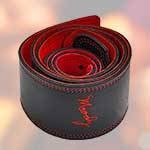Suddenly, I decided to try prototyping with generic components. As a result, it somehow turned into a Fuzz sound that I like……which is not good at all.
However, I did gain some useful insights, so in this blog post, I will share the circuit diagram and the progress so far. It's not finished yet!!! I need to elevate my feelings from "I kind of like it…" to "I absolutely hate it!"
Now, I will share the circuit diagram, but please note that it is still provisional and not yet finalized. I assembled it once using this circuit, and I didn't think it was bad. In other words, it's a failed Fuzz.

This circuit diagram is based on a typical FuzzFace but uses NPN silicon transistors with some of my own tweaks.
First, immediately after the input section (the black triangle on the left), it enters a part where an electrolytic capacitor and a film capacitor are paralleled. This is what I call the "low response circuit" (a term I coined myself) and can be controlled by a variable resistor. Normally, high-frequency output is controlled to adjust the tone, but I added this circuit because I thought it would be better to control the overall thickness of the sound and the contour of the low frequencies.
With this circuit, you can produce a bloated, booming bass sound or a generally hard and sharp, gritty Fuzz sound. I tried using the BC549 transistor, which I hadn't used before, but it’s probably not suitable. Additionally, the 33KΩ resistor connected to the collector of the first transistor stage may need some adjustment in resistance depending on the transistor used. In this prototype, I plan to use a 50KΩ variable resistor to find the optimal resistance value, but once decided, it should be quickly replaced with a fixed resistor to prevent unwanted oscillation and noise.
That's it for this time, but I've realized that the selection of transistors is crucial. Next time, I'll reveal the exact transistor choice and the resistor values needed to supply the correct current, then evaluate the actual sound quality.
Hopefully, it will produce a sound that makes me want to flip the table like a scene from a classic Japanese drama the moment I hear it, exclaiming, "What the heck is this?!"
Please stay tuned for the next blog post.






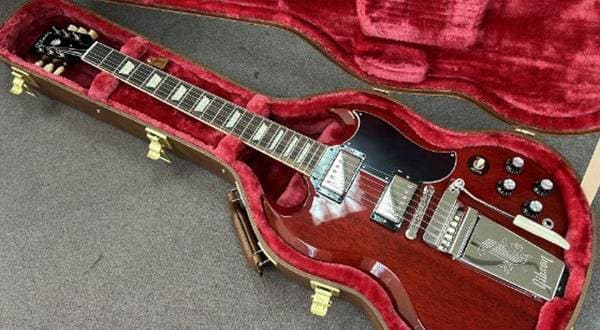
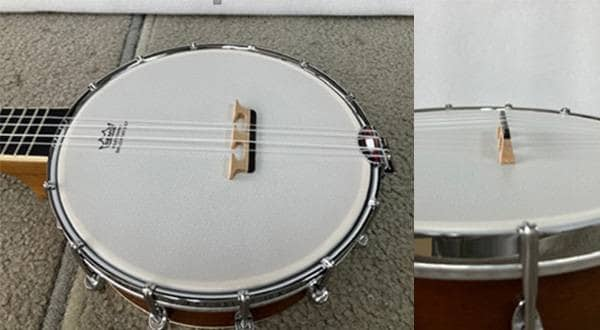

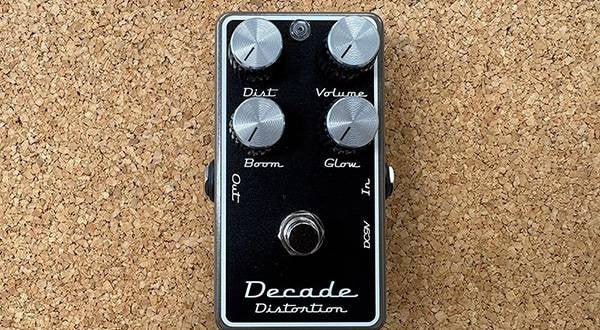
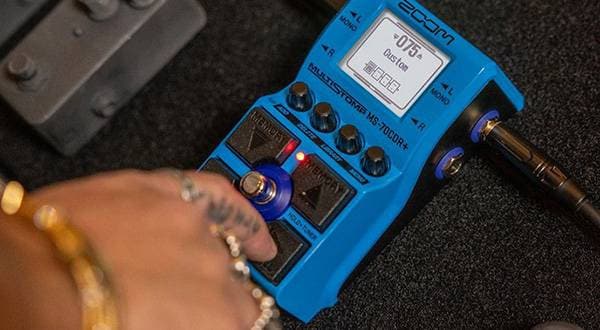
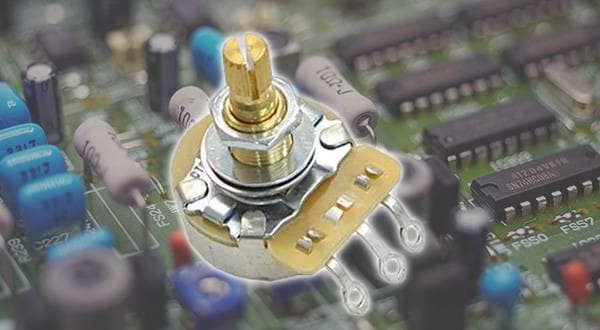
![[2025 Edition] Top 5 Recommended Fuzz Pedals!!](/contents/uploads/thumbs/2/2023/12/20231204_2_24801_1.jpg)
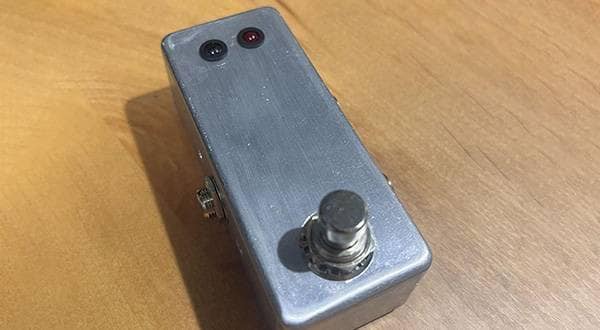
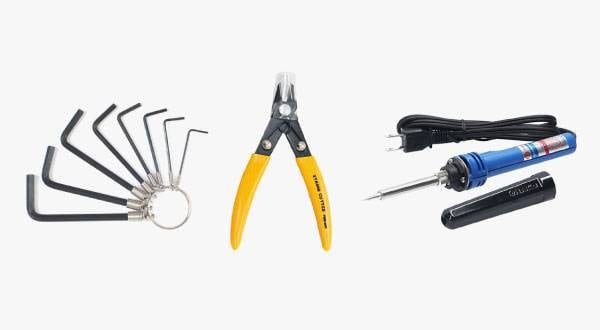
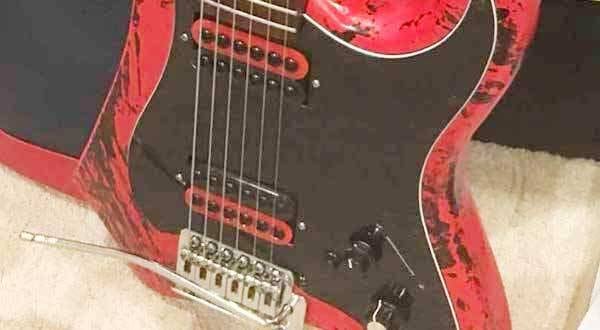
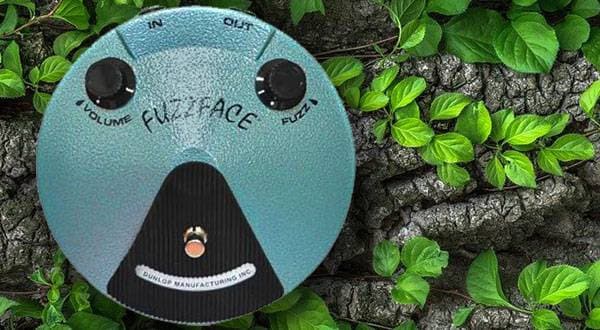
 【初心者向け】エフェクター講座
【初心者向け】エフェクター講座
 DIY ギターメンテナンス
DIY ギターメンテナンス
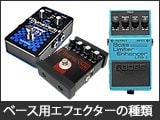 ベース用エフェクターの種類
ベース用エフェクターの種類
 配線カスタマイズ 第1回
配線カスタマイズ 第1回
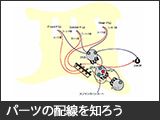 パーツの配線を知ろう
パーツの配線を知ろう
 エフェクターの種類
エフェクターの種類

